Make your outdoor space bee-friendly
Attracting bees and other pollinators is a good way to help the environment. Whether you have a garden or balcony, here are some tips to get your space buzzing.
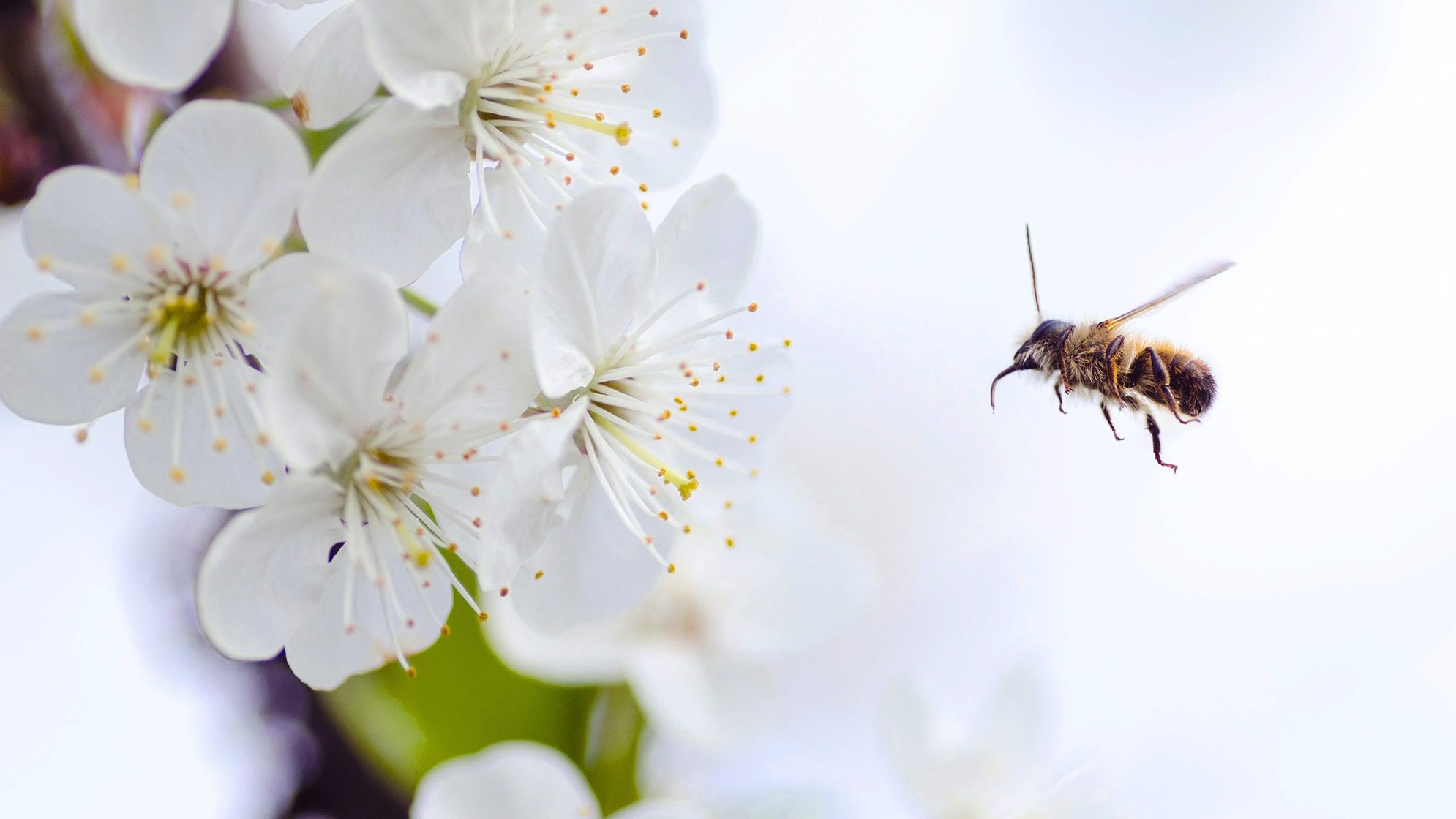
Bees are the humble heroes of the plant world. The buzz around, pollinating all our plants. Without the bees we’d have no plants to eat, so it’s important we look after them.
Making your outdoor space bee-friendly has two major benefits. It keeps bees, butterflies and other pollinators fed and happy, plus it will mean your space is covered in flowers all year round.
There are some key points to remember if you want to attract bees to your garden or patio.
- Bees like a varied diet, so plant a range of different flowers
- Use plants that flower at different times, to feed bees throughout the year
- Deadhead your plants to keep them flowering for longer
- Provide shelter for bees with bee hotels or piles of sticks
Here are some ways to keep the bees happy from spring to winter.
Plant different types of flowers
There are several different species of bee and they all like different types of flower. They need to get to the nectar in the centre of the flower. Some have long ‘mouths’ – technically known as proboscis – that help them reach deep down inside big flowers, while others can only reach small flowers. If you plant all sorts of flowers you’ll cater to all kinds of bees.
Try things like lupins, salvias, campanulas and agapanthus. Fruiting plants are also very attractive to bees, because they flower before the fruit appears.

Plant a rainbow
Did you know that different pollinators are attracted to different colours? Bees particularly like blue, purple and yellow flowers. Butterflies love white and pink. If you plant lots of colours you’re basically creating the ultimate pollinator buffet.
The obvious bonus, of course, is that your outdoor space will be an explosion of colour.
Plant winter flowering plants
There are lots of plants that will flower from spring to autumn (usually from early May to October), which is peak time for bees. Although there won’t be many bees active in winter, they may still emerge on mild days, looking for something to eat.
Plants like fatsia japonica and English ivy flower in winter, creating a ready snack for bees. Ivy will also provide shelter for some species of bee. You want your space to have something bee-friendly in flower in every season.
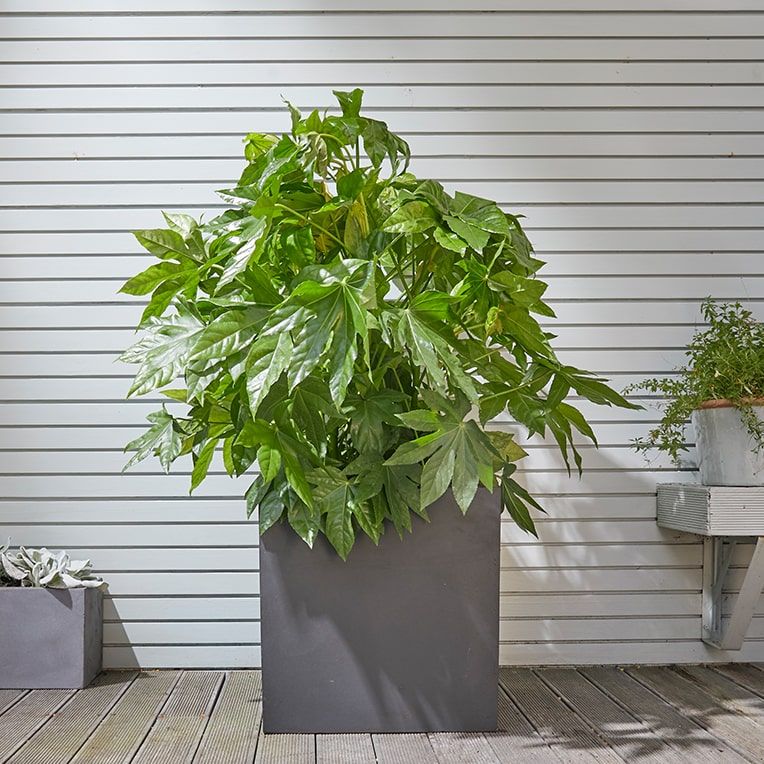
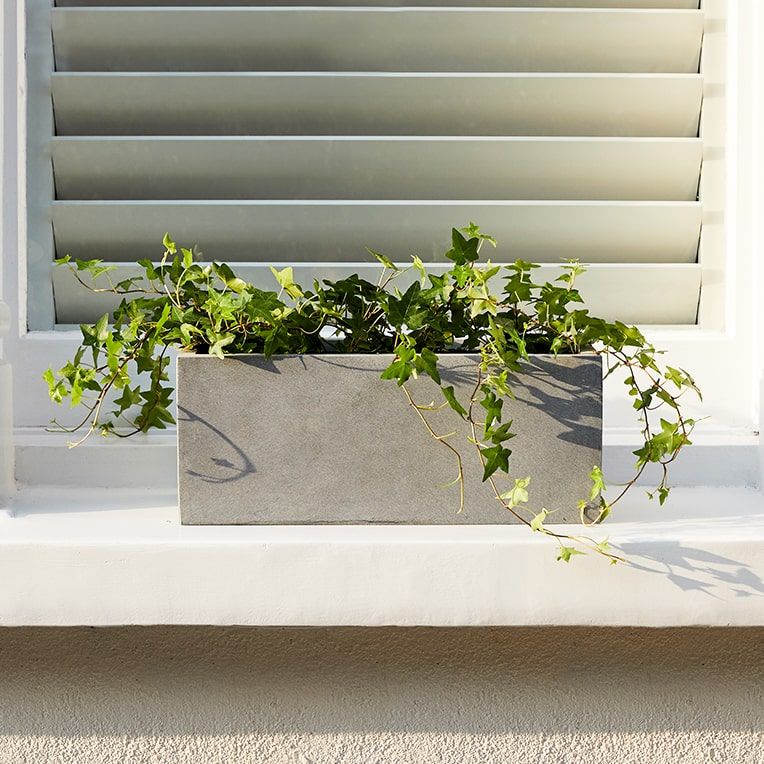
Deadhead your flowers
Sounds gruesome but it’s not. Deadheading is simply the process of removing wilted flowers from your plant. If you pick off dead flowers you’ll encourage your plants to replace them with new ones. That means more flowers for you and more food for the bees.
Create shelters for bees
Bees don’t spend their entire lives buzzing around. They need a rest sometimes. Different types of bees live in different places. While some like hives or nests, solitary bees like to lay their eggs in small holes. Provide them with bee hotels, either made from a selection of sticks and wood, or more easily, bought ready-made.
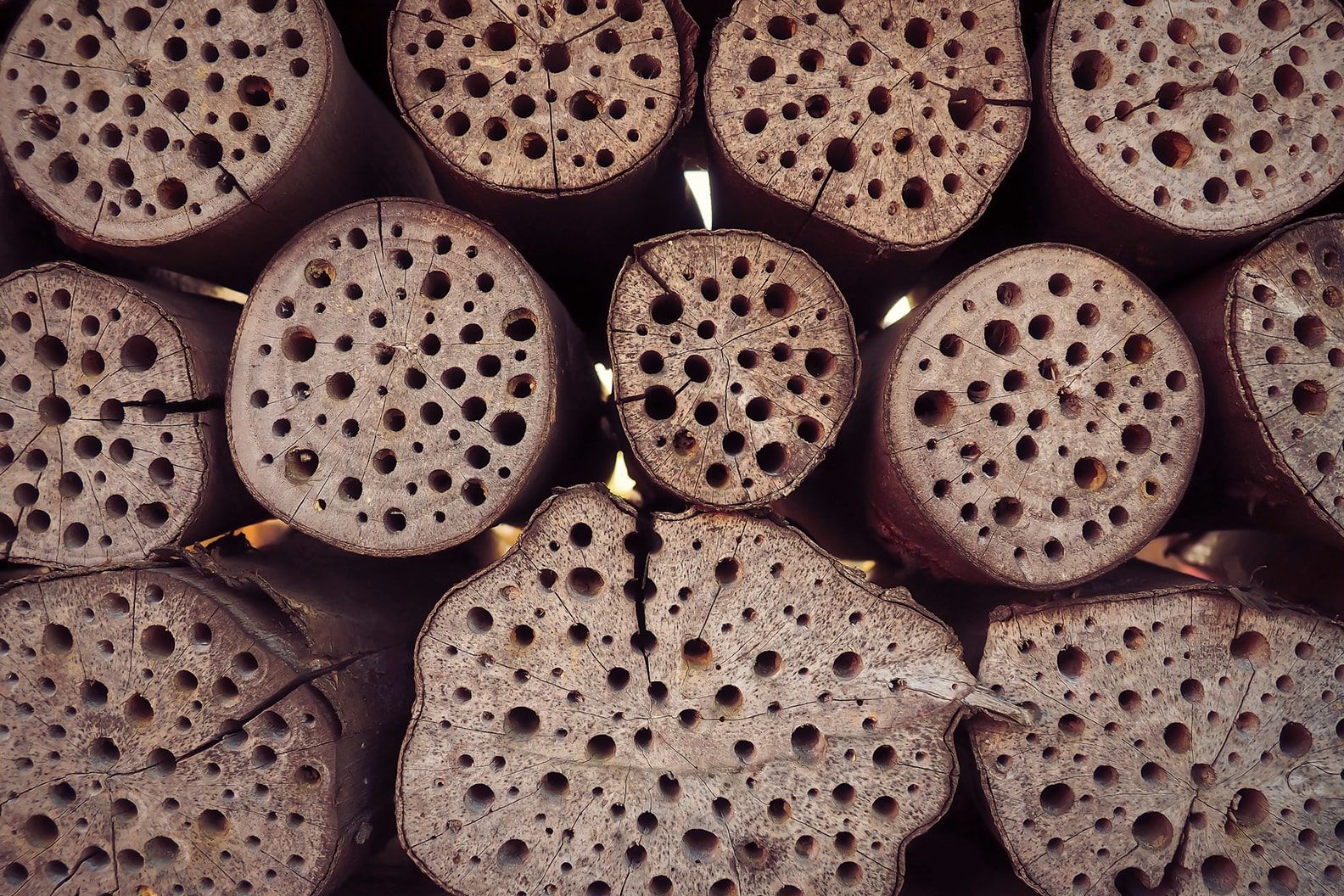
In this article
Rewild your inbox
Plant tips. Special offers. No spam.
You might like

How to pick plants for your balcony
Make yourself a garden in the sky

Plant a rainbow
9 houseplants that go beyond green
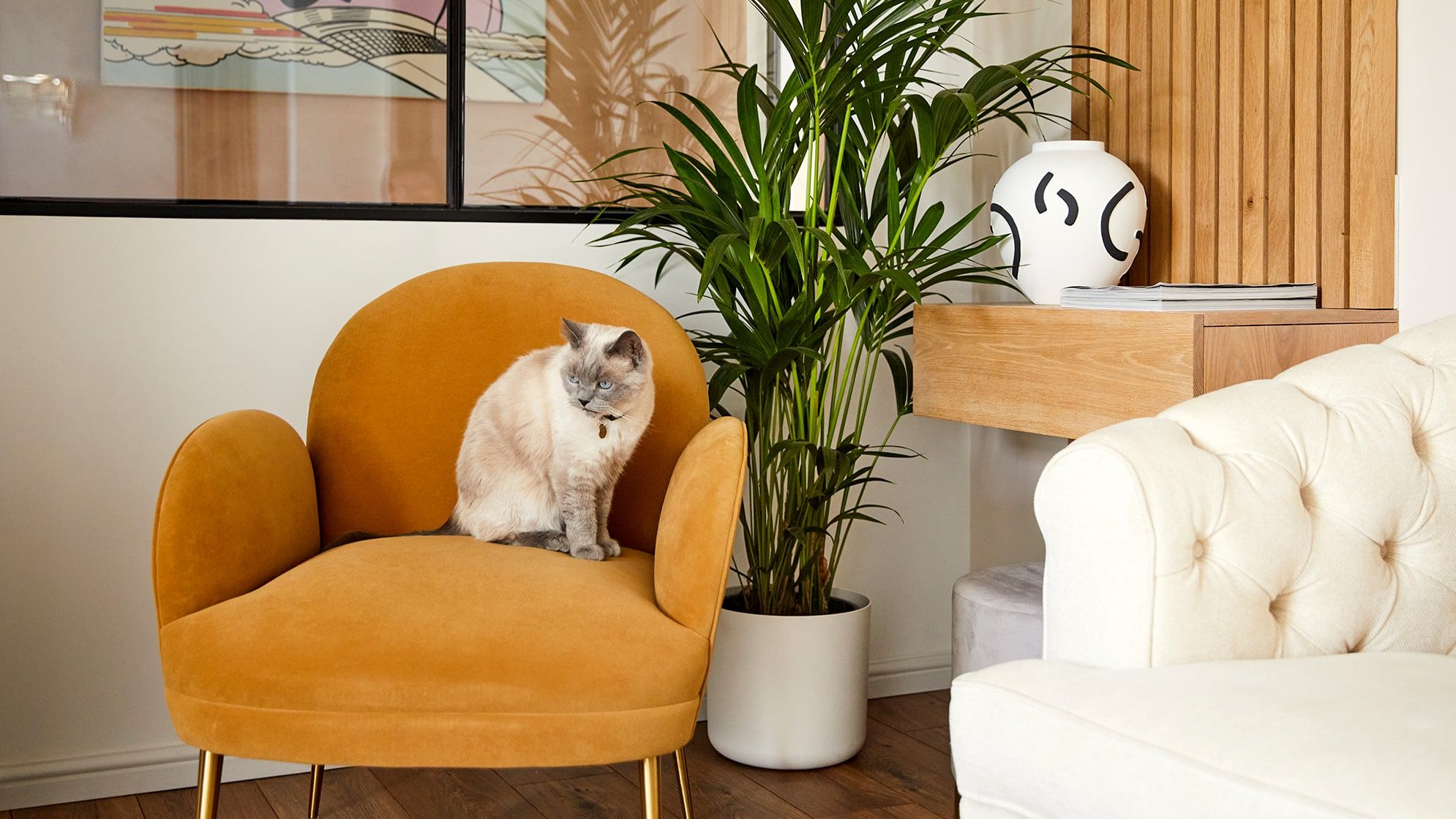
How to make your plants cat-friendly
Help your furry friend and plant pals get along











